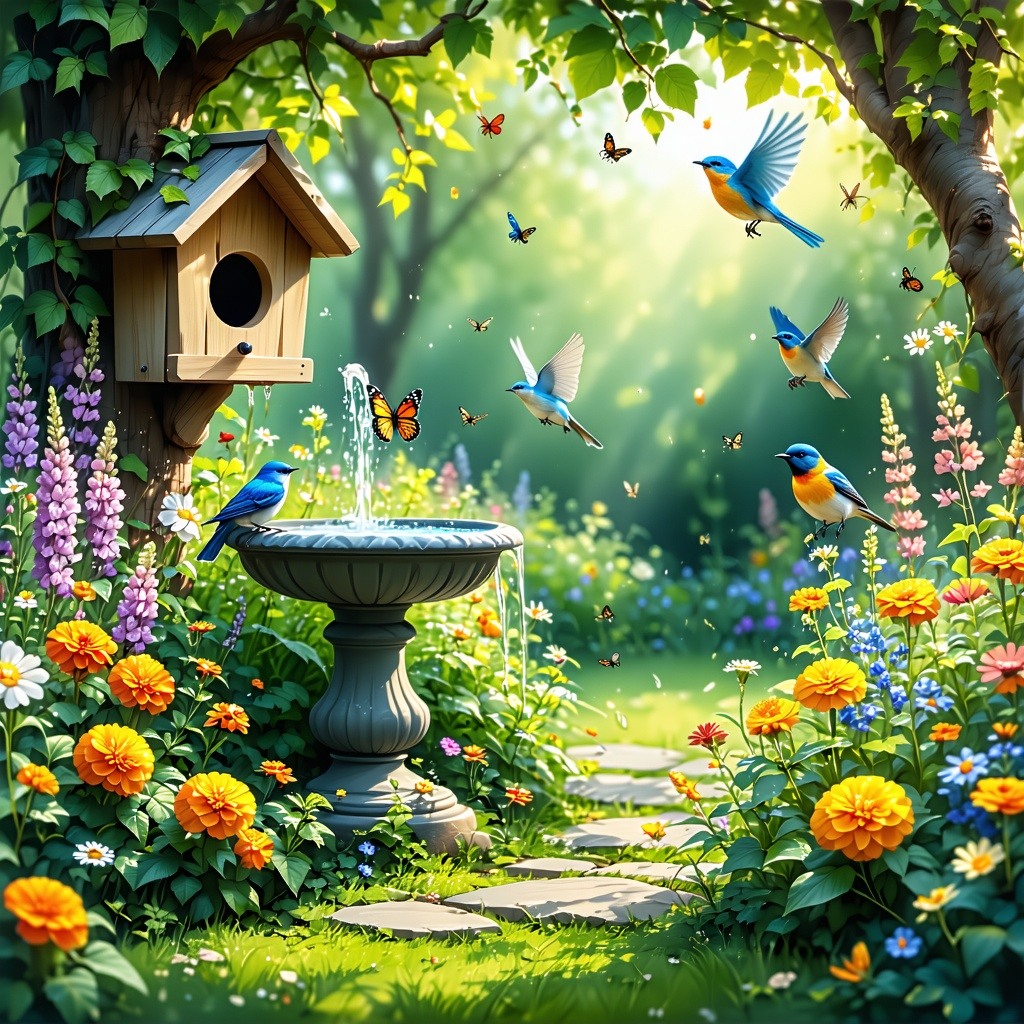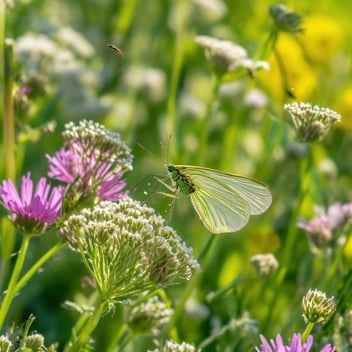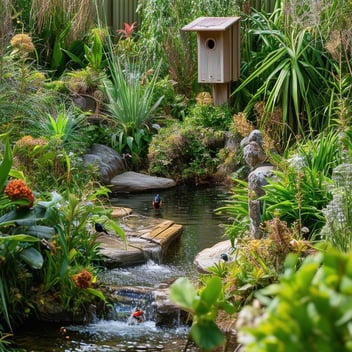Birds vs Bugs: Attracting Natural Predators to Fight Pests
In the intricate tapestry of our gardens, a silent battle unfolds daily: the relentless assault of pests on cherished plants. Yet, nature offers an elegant solution through the enlistment of natural predators—birds and beneficial insects—that can restore equilibrium without the heavy hand of chemical interventions.
The Role of Birds in Pest Control
Insectivorous birds serve as vigilant sentinels, patrolling gardens and feasting on a plethora of pests. Species such as wrens, chickadees, and bluebirds are voracious consumers of insects like caterpillars, beetles, and aphids. Their presence not only curtails pest populations but also enriches the garden's auditory landscape with melodious songs.
Attracting Birds to Your Garden
To entice these feathered allies, gardeners can adopt several strategies:
-
Providing Food Sources: Cultivating native plants that produce berries, seeds, and nectar offers natural sustenance. Supplementing with feeders stocked with appropriate seeds can further attract diverse bird species.
-
Creating Shelter and Nesting Sites: Dense shrubs, trees, and artificial nest boxes provide essential shelter and breeding grounds, encouraging birds to take up residence.
-
Ensuring Water Availability: Birdbaths or shallow water features serve as drinking and bathing spots, enhancing the habitat's appeal.
Implementing these measures transforms a garden into a sanctuary for birds, thereby bolstering natural pest control mechanisms.
Beneficial Insects as Pest Controllers
Beyond birds, a cadre of beneficial insects stands ready to defend gardens against pest invasions. Predatory species such as lady beetles, lacewings, and ground beetles actively hunt and consume pests like aphids, mites, and caterpillars. Parasitic wasps, though diminutive, play a formidable role by laying eggs inside pest insects, leading to their eventual demise.
Encouraging Beneficial Insects
Gardeners can foster populations of these advantageous insects through thoughtful practices:
-
Planting Insectary Plants: Species like dill, fennel, and yarrow produce flowers rich in nectar and pollen, attracting and sustaining beneficial insects.
-
Implementing Companion Planting Strategies: Pairing plants strategically can deter pests and bolster predator effectiveness. For instance, interplanting marigolds with vegetables can repel nematodes while attracting predatory insects.
-
Creating Habitats: Establishing beetle banks—raised strips planted with perennial grasses—offers refuge for predatory beetles and spiders, enhancing their pest control contributions.
These practices cultivate a garden environment where beneficial insects can thrive, naturally mitigating pest issues.
Integrating Birds and Beneficial Insects
A holistic approach to pest management involves harmoniously integrating both avian and insect predators. Designing a garden with diverse plant species, layered vegetation, and continuous blooming cycles supports a wide array of predators. Crucially, abstaining from pesticide use preserves these natural allies, allowing them to perform their roles unimpeded.
Monitoring and Maintaining Balance
Regular observation enables gardeners to assess the effectiveness of their natural pest control strategies and make necessary adjustments. Embracing adaptive practices and continuous learning fosters a resilient garden ecosystem capable of withstanding pest pressures.
By welcoming and nurturing natural predators, gardeners can achieve a sustainable balance, transforming their plots into thriving havens of biodiversity and productivity.




